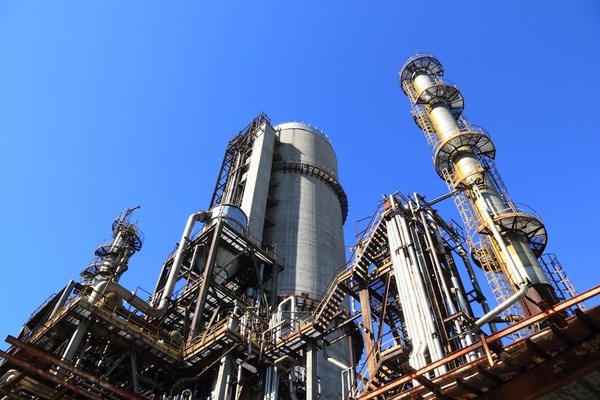The Suez Canal Economic Zone (SCZONE) has announced attracting $64 billion in investments dedicated to green hydrogen projects. Chairperson Waleid Gamal El-Din shared this information during a meeting with Egyptian Prime Minister Mostafa Madbouly, where discussions focused on the zone’s ongoing initiatives and development efforts.
Out of 30 signed Memoranda of Understanding (MoUs), 14 are currently active. The finalized agreements aim to produce 18 million tons of green hydrogen annually. Additionally, another project valued at $7.5 billion is being developed, with plans to generate 1.3 million tons of green hydrogen per year.
SCZONE spans 455 square kilometers, comprising four industrial zones and six major ports. These ports process 26,000 ships annually, facilitating 12% of global trade. The zone hosts 400 operational facilities and supports 100,000 jobs, both directly and indirectly.
To develop its green hydrogen capacity, SCZONE plans to establish a production hub within its industrial zones and ports. It also focuses on infrastructure development, including ship refueling stations, manufacturing components like electrolyzers, wind turbines, and solar panels to support hydrogen production.
Beyond green hydrogen, SCZONE is targeting investments in other sectors, including electric vehicle production, batteries, tires, pharmaceuticals, building materials, and textiles. Several infrastructure projects are also underway. A water desalination plant in Sokhna is being developed in four stages, with a total capacity of one million cubic meters per day. The first phase, delivering 250,000 cubic meters daily, is expected to begin operations by 2026. Other projects include a logistics corridor in Sokhna, a liquid cargo terminal, a storage tank farm, and a gas network.
Egypt also hosts large-scale renewable energy initiatives. The Benban Solar Park, with a capacity of 1.8 GW, and the Jabal al-Zeit wind farm, with 580 MW capacity, are examples of the country’s renewable energy expansion. These efforts aim to boost clean energy production and meet growing energy demands.


